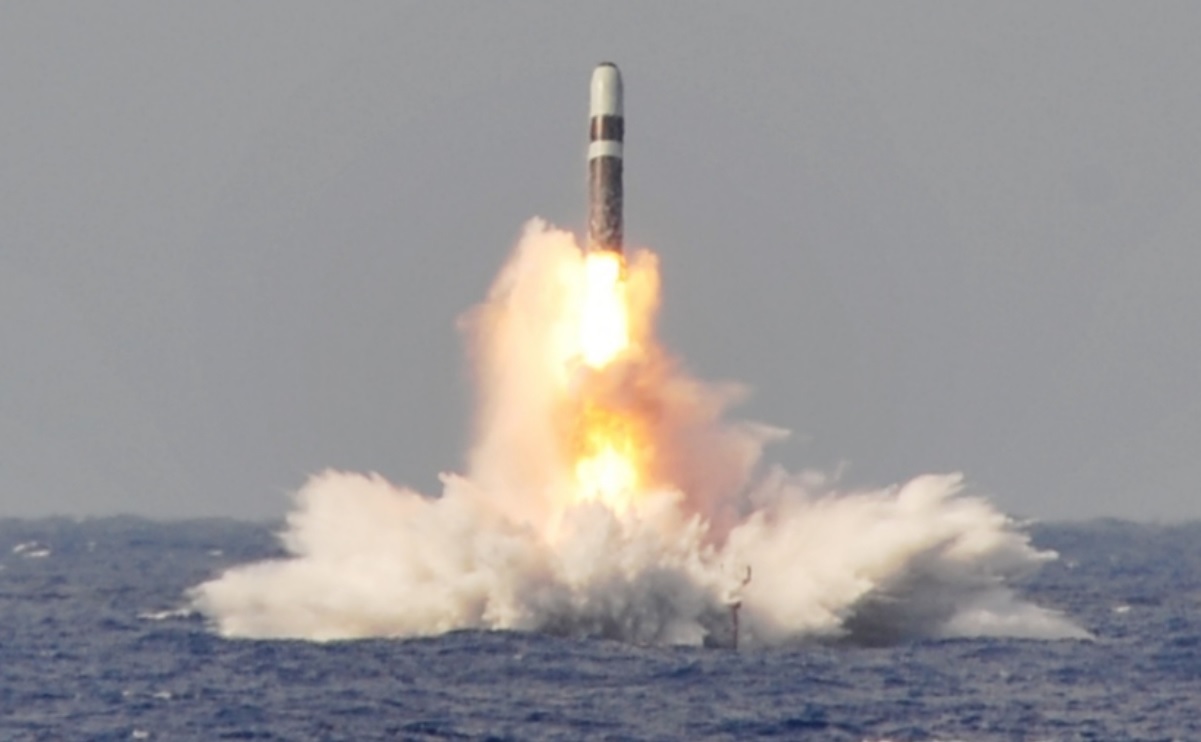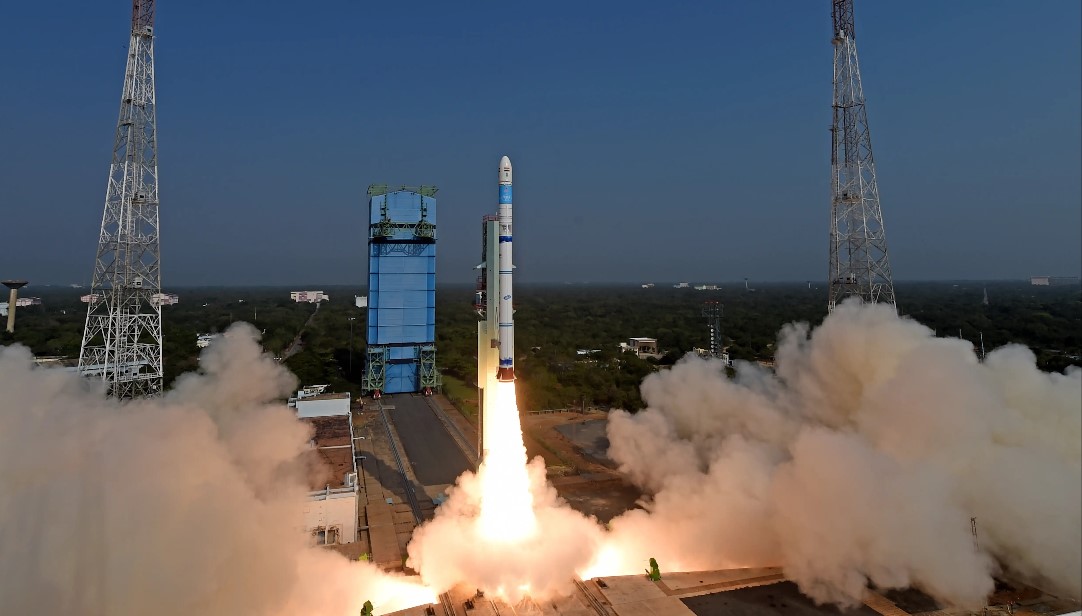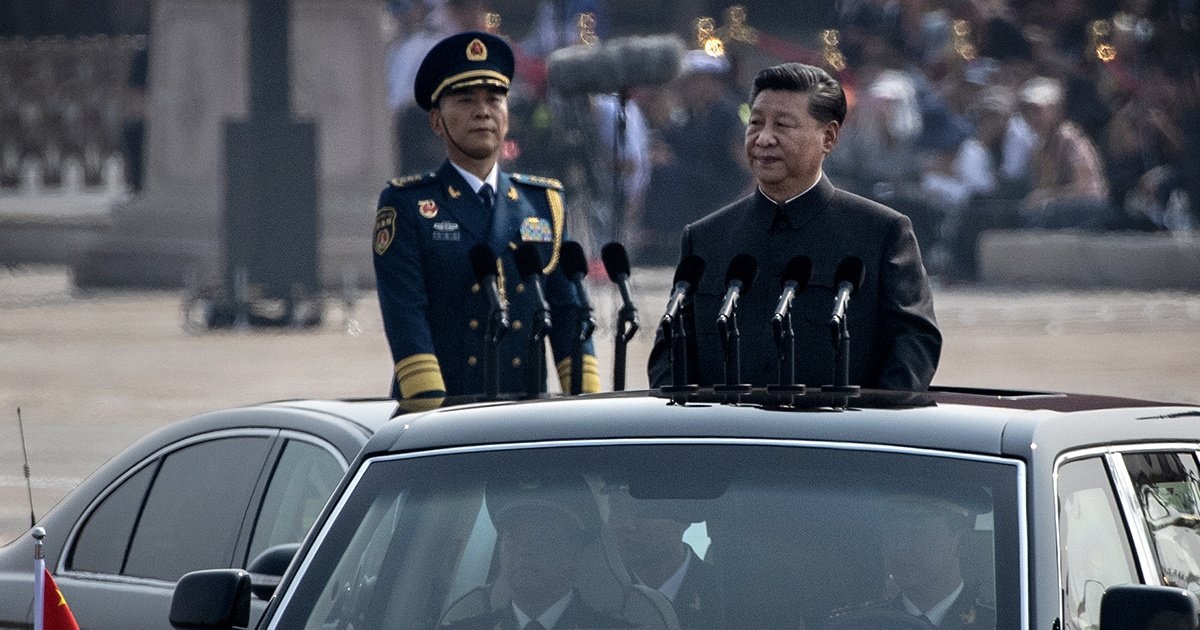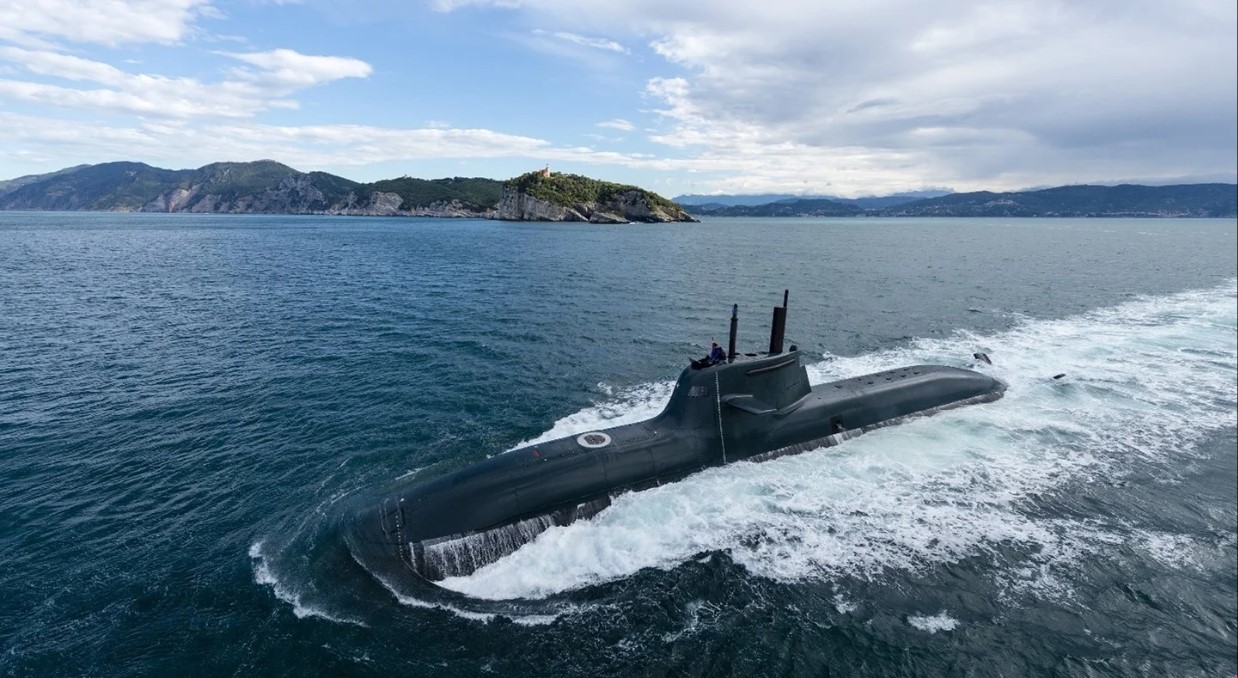DRDO Embarks on Development of K-7 Missile

India’s defense landscape is poised for a significant upgrade as the Defence Research and Development Organisation (DRDO) embarks on the development of the K-7 missile. This strategic initiative marks a monumental step in strengthening India’s defense capabilities, ensuring a robust deterrent against potential threats, and showcasing the nation’s technological prowess on the global stage.
The Strategic Importance of K-7
The K-7 missile is expected to be a game-changer in India's defense arsenal. It belongs to the series of missiles named after former President Dr. APJ Abdul Kalam, who played a pivotal role in India's missile development programs. The K-7 is set to be an advanced intercontinental ballistic missile (ICBM) that will enhance India’s second-strike capability, an essential component of its nuclear deterrence strategy.
Technological Advancements and Capabilities
The K-7 missile is anticipated to incorporate cutting-edge technologies, making it a formidable addition to India's defense systems. Key features are expected to include:
- Extended Range: With an estimated range significantly greater than its predecessors, the K-7 will be capable of striking targets across continents, thus providing India with a powerful deterrent against distant adversaries.
- Multiple Independently Targetable Reentry Vehicles (MIRVs): The K-7 will likely be equipped with MIRVs, enabling it to carry multiple nuclear warheads. Each warhead can be directed towards different targets, enhancing the missile's effectiveness and strategic impact.
- Advanced Propulsion Systems: The missile will feature state-of-the-art propulsion systems, ensuring greater speed, accuracy, and reliability. This will also make it more difficult for enemy defenses to intercept.
- Stealth and Countermeasures: Incorporating advanced stealth technologies and countermeasures, the K-7 will be designed to evade enemy radar and missile defense systems, ensuring its successful delivery to the intended targets.
DRDO’s Vision and Expertise
The DRDO, known for its pioneering work in defense technology, is at the helm of the K-7 project. Over the years, DRDO has developed a range of missile systems, including the Agni and Prithvi series, which have significantly bolstered India’s defense capabilities. The K-7 project is a testament to DRDO’s unwavering commitment to innovation, self-reliance, and excellence in defense technology.
Implications for National Security
The development of the K-7 missile is a critical step in fortifying India's defense posture. It will serve as a strong deterrent against any form of aggression, providing a credible second-strike capability. This is particularly significant in the context of regional security dynamics, where India's strategic interests are continually evolving in response to the actions of neighboring countries.
Global Reactions and Strategic Balance
The announcement of the K-7 missile project has garnered significant attention globally. While it reinforces India’s position as a formidable military power, it also contributes to the strategic balance in the region. The development is likely to prompt discussions on arms control and non-proliferation, highlighting the importance of dialogue and cooperation among global powers to maintain stability.
Conclusion
The DRDO’s initiative to develop the K-7 missile underscores India’s resolve to enhance its defense capabilities through indigenous technological advancements. As the project progresses, it will not only strengthen national security but also inspire confidence in India's ability to safeguard its interests and contribute to global peace and stability. The K-7 missile is set to be a cornerstone of India's strategic defense, reflecting the nation's vision for a secure and resilient future.
---
This article provides a comprehensive overview of the significance, technological advancements, and strategic implications of the DRDO's K-7 missile project, highlighting its potential impact on India's defense landscape.


